Mastering the art of frying chicken involves attention to details often overlooked. Professional chefs know that the path to perfectly crispy chicken is fraught with potential pitfalls. Here are 15 common mistakes to avoid for those keen on achieving culinary excellence in frying chicken.
1. Skipping The Brine
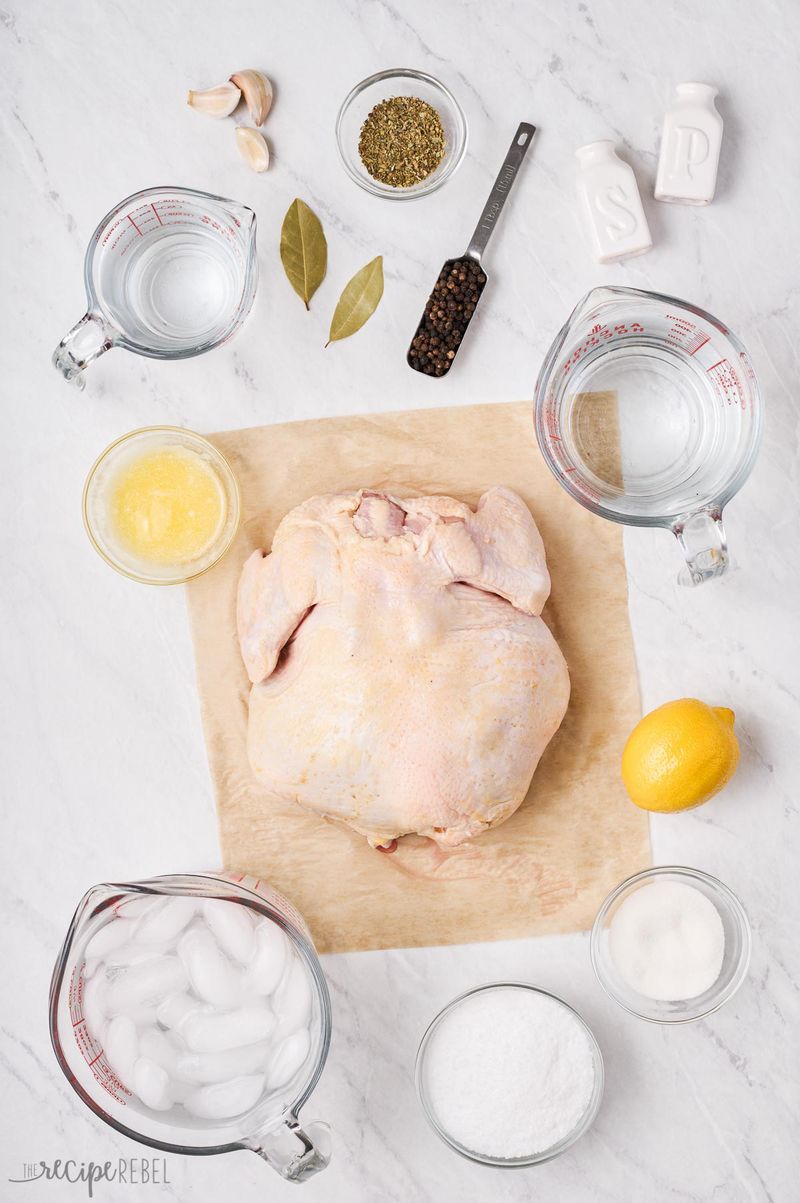
Every chef with a passion for perfect fried chicken knows that skipping the brine is like leaving out the heart of a recipe. Brining infuses the chicken with flavor and tenderness that are hard to achieve otherwise.
A simple solution of salt, water, and a dash of spices can transform your chicken into a succulent masterpiece. While some might think it’s an unnecessary step, seasoned chefs swear by it. Just a few hours of soaking can make a world of difference. It’s the secret weapon in the arsenal of many culinary experts.
2. Using Cold Chicken
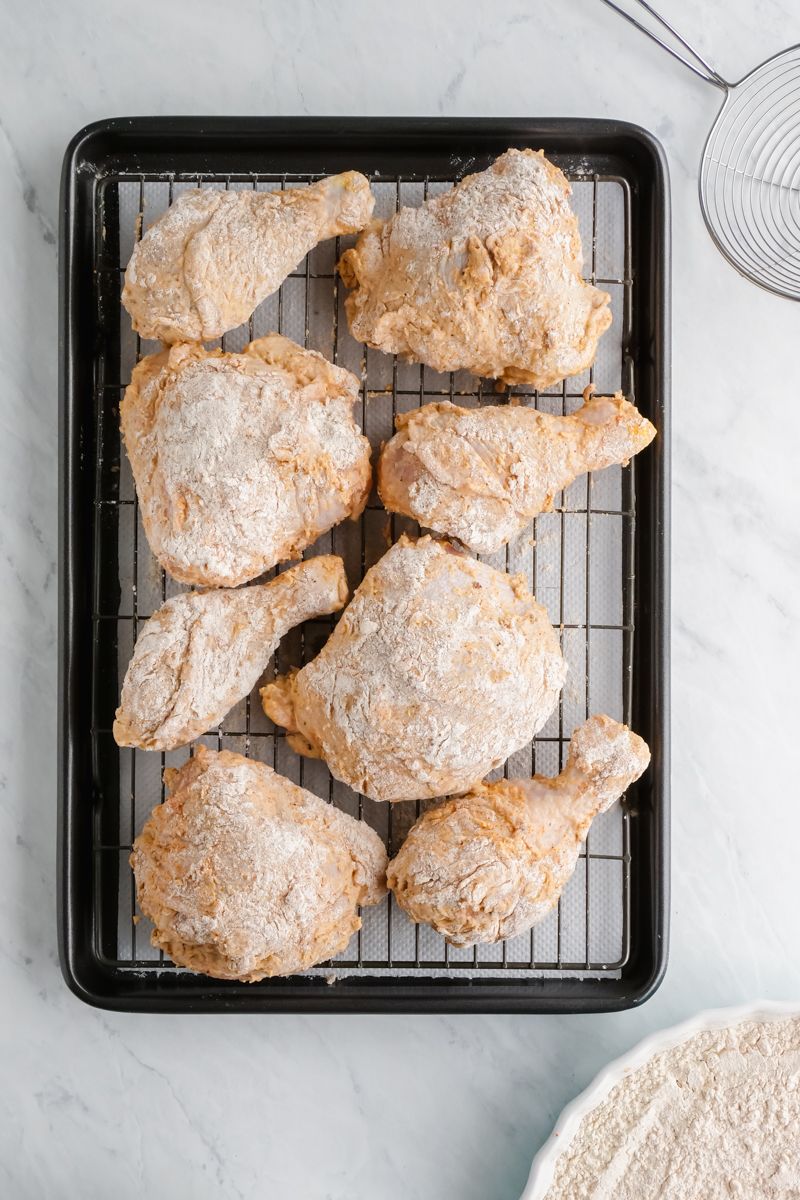
Ensuring chicken is at room temperature before frying is crucial. Cold chicken dramatically lowers the oil’s temperature, leading to uneven cooking and greasiness. Professionals allow chicken to rest outside the fridge for about 30 minutes prior to frying.
This practice ensures a consistent fry and a crispy exterior. Many home cooks overlook this simple yet effective step, risking their chicken being undercooked inside while overdone outside. Achieving that sought-after golden crust requires patience and preparation.
3. Not Drying The Chicken Enough
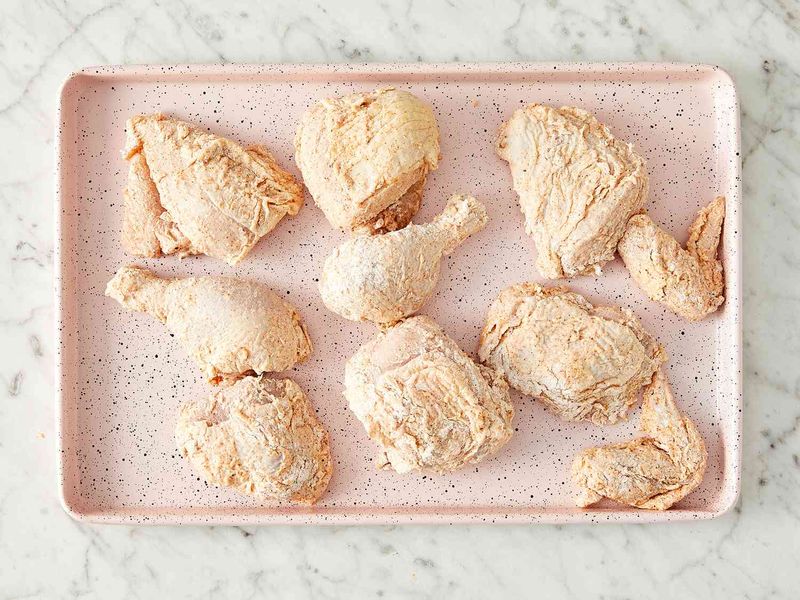
Moisture is the enemy of crispiness. Any water left on the chicken’s surface will turn to steam in the hot oil, preventing the desired crust from forming. Chefs take the time to thoroughly pat each piece dry before dredging and frying.
This small step is pivotal to achieving that mouth-watering crunch. It’s a detail often skipped in haste, but a seasoned chef knows the difference it makes. Attention to these subtle details separates the good from the great in culinary arts.
4. Using The Wrong Oil
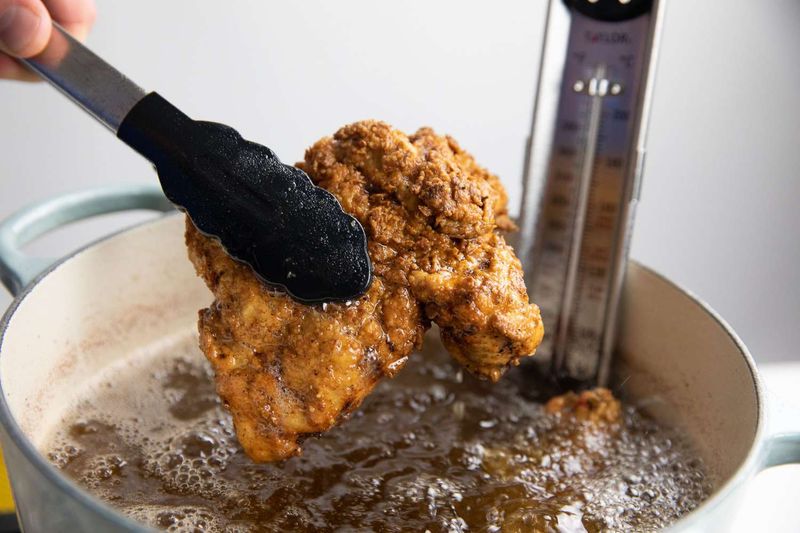
Choosing the right oil can make or break your fried chicken experience. Oils with a high smoke point, such as peanut or canola, ensure that the chicken cooks evenly without burning. Using oils with a low smoke point leads to off-flavors and uneven cooking.
Chefs select oils that enhance rather than overpower the chicken’s natural taste. This choice is essential for both flavor and health. The right oil can elevate the dish from mundane to memorable, emphasizing the importance of choosing wisely.
5. Skimping On Seasoning
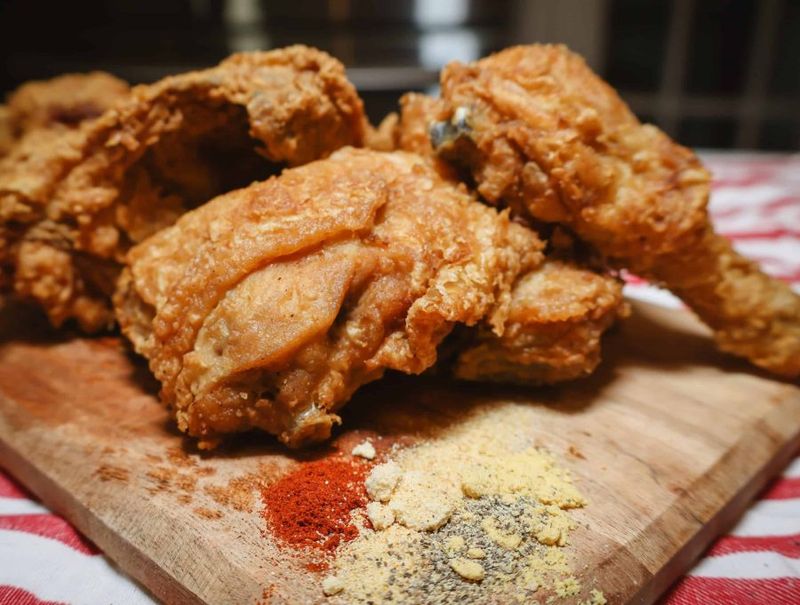
Seasoning is the soul of fried chicken. Under-seasoned chicken can taste bland despite perfect cooking. Chefs meticulously season both the chicken and the dredge, ensuring layers of flavor in every bite.
A well-seasoned chicken doesn’t rely solely on sauces or sides. Instead, it shines with its inherent flavors, drawing diners back for more. Professional chefs know that a generous hand with seasoning can turn a simple dish into a savory sensation.
6. Overcrowding The Fryer
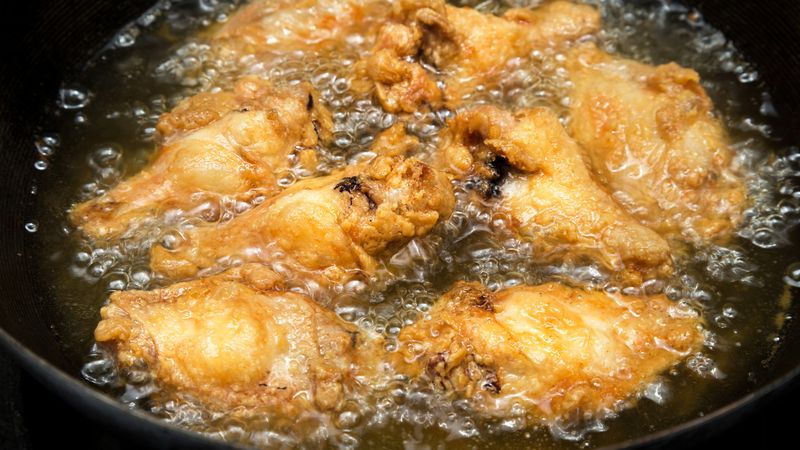
When too many pieces are in the fryer, the oil temperature drops, resulting in soggy and unevenly cooked chicken. Crowding the fryer is a common mistake that can ruin a batch of chicken.
Chefs know to fry in small batches, allowing each piece enough space to cook properly. This ensures that every piece is crispy and delicious, rather than greasy and underwhelming. Patience in this step is key to achieving professional quality results.
7. Frying At The Wrong Temperature
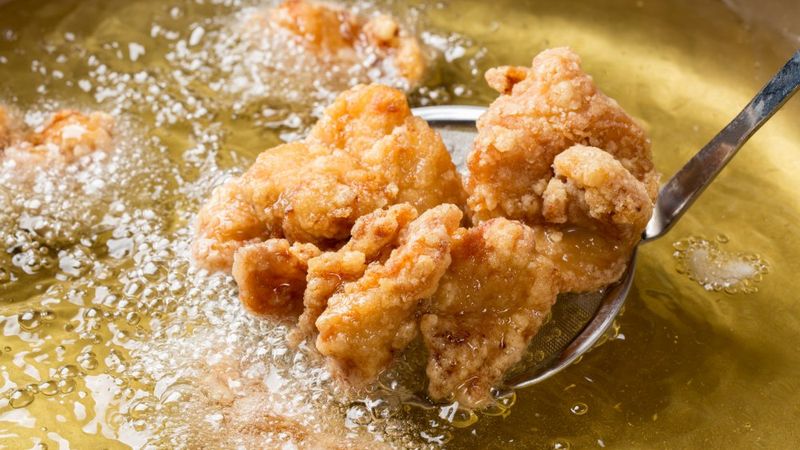
Precision in temperature is vital when frying chicken. Too low, and the chicken absorbs oil; too high, and it may burn on the outside while remaining raw inside. Chefs maintain a steady temperature, usually around 350°F, for optimal results.
Using a thermometer to monitor the oil’s heat can prevent these pitfalls. It’s not just about cooking; it’s about achieving the perfect texture and taste. Mastering the temperature is a hallmark of a seasoned chef, ensuring mouth-watering fried chicken every time.
8. Forgetting To Use A Thermometer

A simple tool often overlooked by amateur cooks, the thermometer is a chef’s best friend when frying chicken. It ensures that the oil remains at the optimal temperature for a crispy, delicious result.
Without it, you rely on guesswork, which leads to inconsistent and often disappointing results. Chefs use thermometers religiously, understanding that precision is the key to perfection. This small investment reaps large rewards in the quality of the final dish.
9. Only Seasoning The Flour
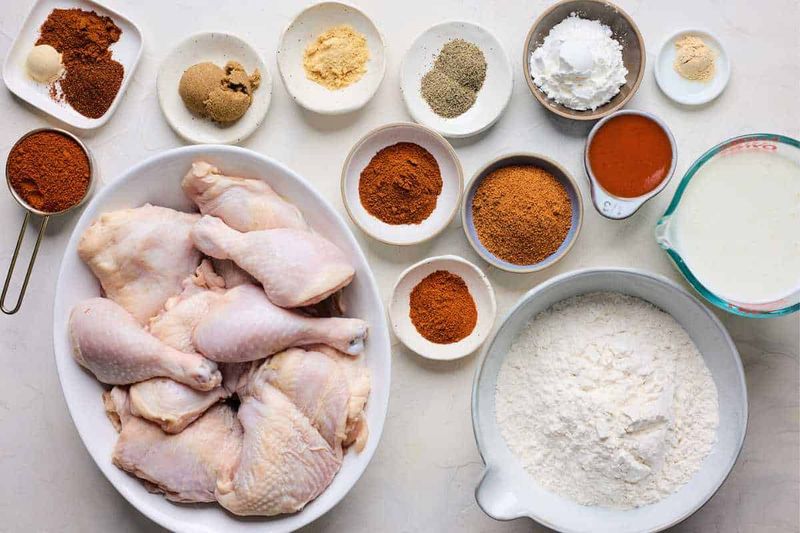
Seasoning isn’t just for flour; the chicken itself needs attention too. By seasoning only the dredge, you miss out on deeper flavors that permeate the meat. Chefs apply spices generously to both the flour and the chicken for a well-rounded taste.
It’s this layering of flavors that separates an exceptional dish from an average one. A seasoned chef knows that each ingredient should contribute to the final taste, creating a symphony of flavors in every bite.
10. Not Letting The Coating Set
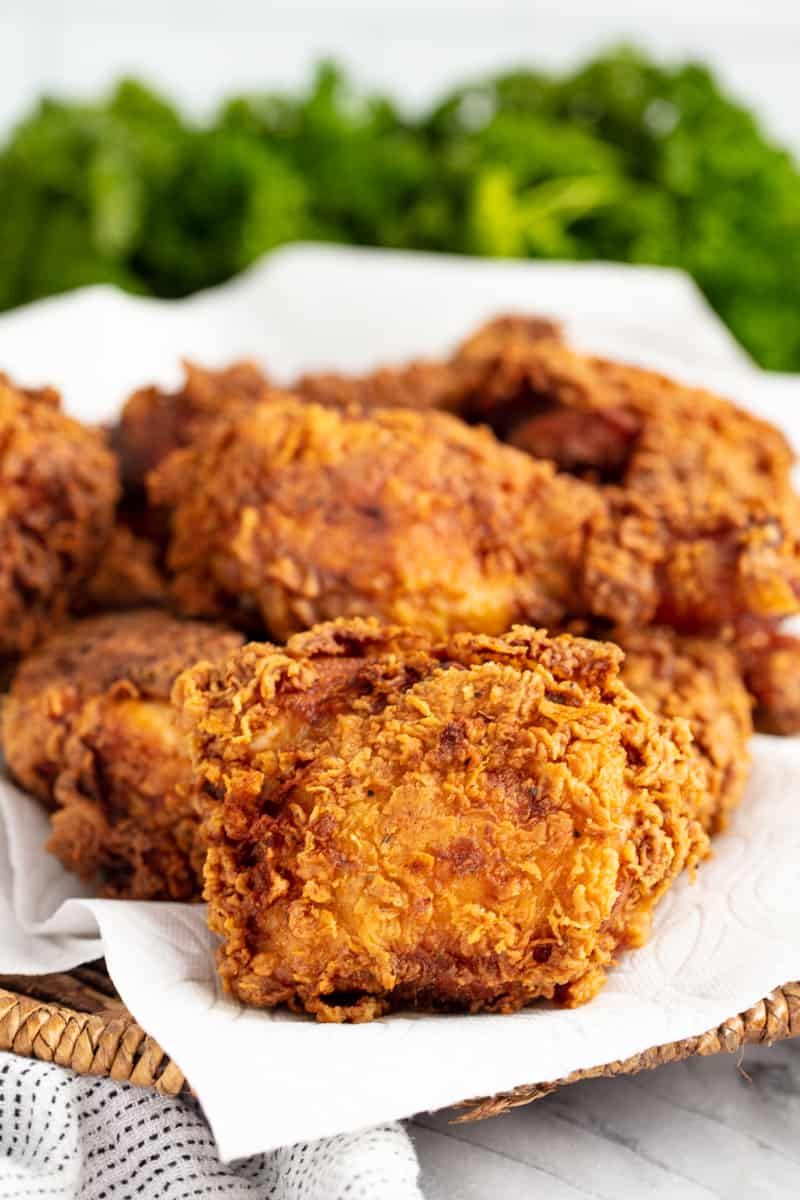
Allowing the coating to set before frying is essential for achieving a crispy texture. Rushing this step often results in uneven coating that falls off during cooking. Chefs let the chicken rest for about 15-30 minutes after dredging.
This pause allows the flour to adhere properly, creating that coveted crunch. It’s a step where patience pays off, ensuring that every bite is as satisfying as the last. Taking the time to let the coating set is a mark of culinary expertise.
11. Rushing The Rest Time
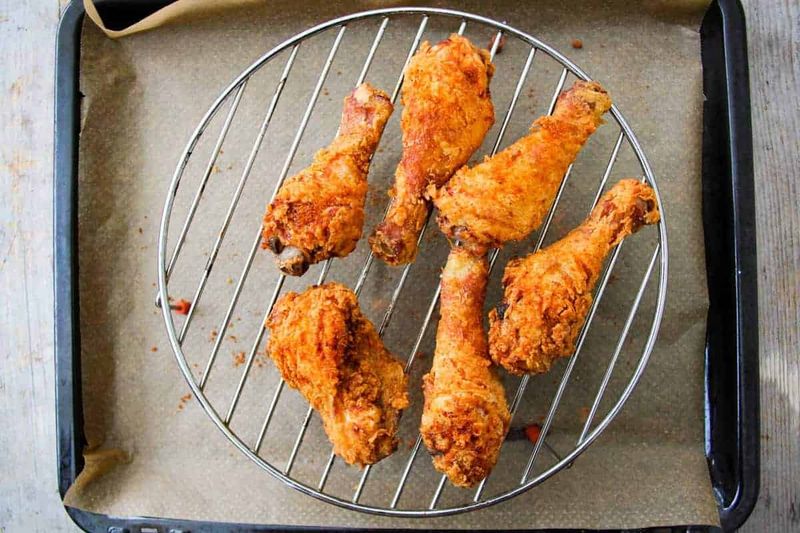
The rest time post-frying is crucial for achieving the best texture and flavor. Cutting into the chicken too soon can result in juices running out, leading to dry meat. Chefs let the chicken rest for a few minutes, allowing the juices to redistribute.
This ensures every bite is juicy and flavorful. Proper rest time is the secret behind consistently moist and tasty fried chicken, a practice every professional follows religiously. Resting isn’t just a pause; it’s a crucial part of the process.
12. Double-Dipping Without A Plan

Double-dipping can enhance texture but must be done strategically. Randomly dipping without a plan can lead to a thick, gummy coating. Chefs who double-dip do so with purpose, using varied coatings to add layers of crispiness.
This technique, when executed properly, results in an irresistibly crunchy exterior. It’s an advanced step that requires finesse and understanding of the ingredients. Mastery in double-dipping is a testament to a chef’s skill in frying chicken to perfection.
13. Frying Straight From The Fridge
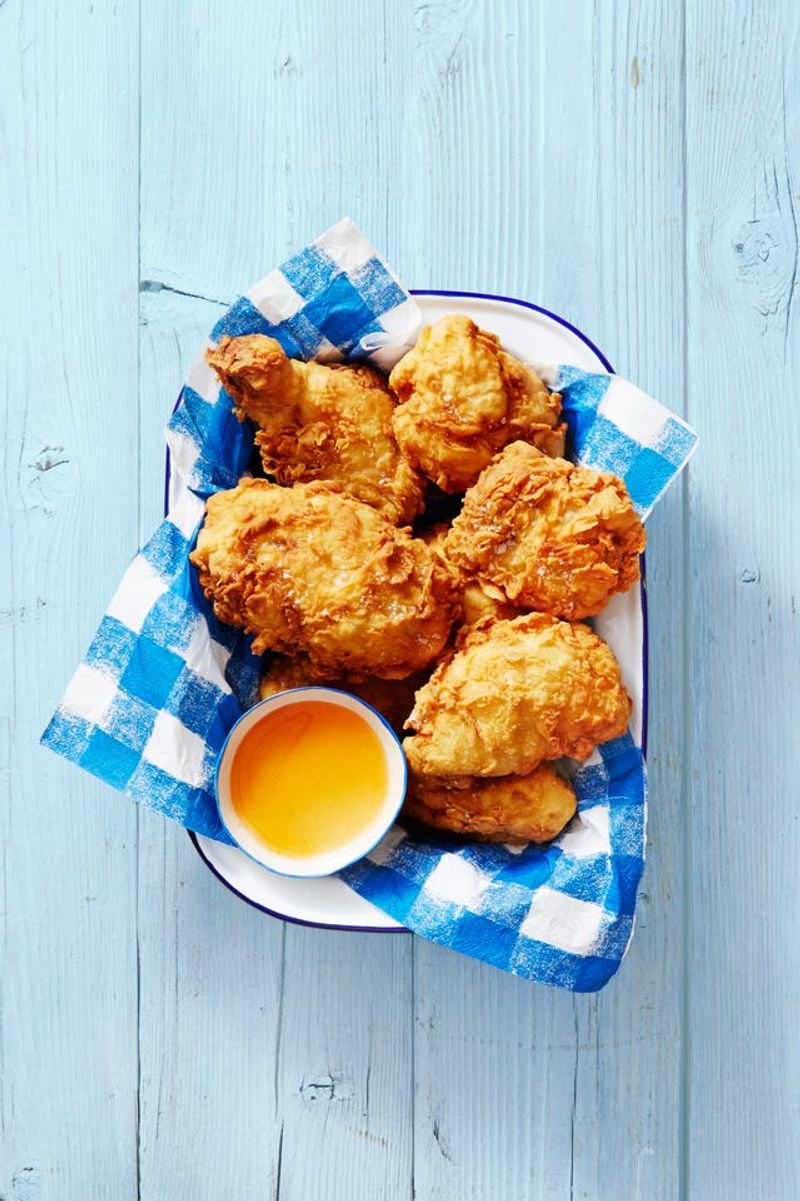
Frying chicken straight from the fridge is a surefire way to a culinary disaster. The cold chicken drastically reduces the oil temperature, resulting in an oily and unevenly cooked product. Experts allow chicken to reach room temperature before frying.
This step ensures even cooking and a delightful crunch. It’s a reminder that patience and preparation are essential in the kitchen. Avoiding this mistake ensures that the chicken is fried to golden perfection, every time.
14. Reusing Oil Too Many Times
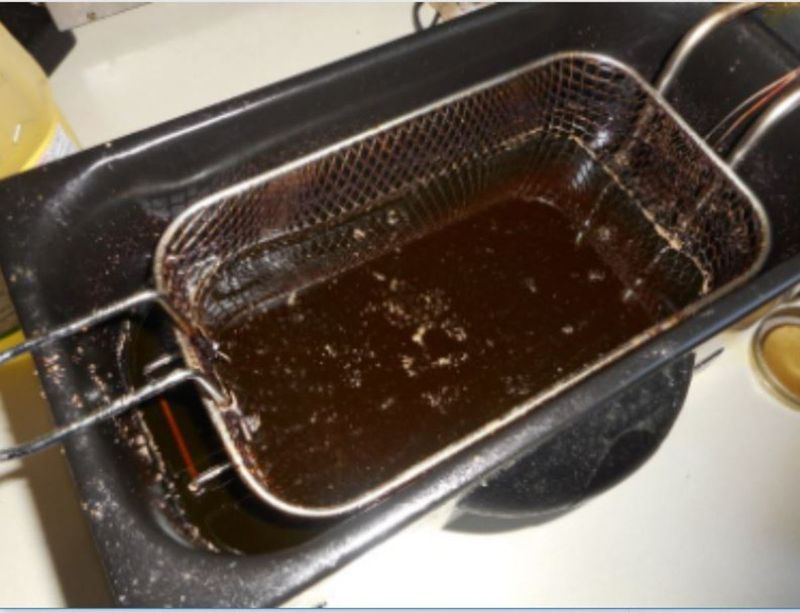
While reusing oil is economical, there’s a limit to its usability. Overused oil can impart unpleasant flavors and lower the smoke point, leading to uneven cooking. Chefs know when to strain and refresh oil to maintain quality.
This practice prevents off-tastes and ensures a clean, crisp fry. Knowing when to part with old oil is crucial, ensuring that the final dish is as delicious as intended. Refreshing the oil is a small step with a big impact on flavor.
15. Not Letting It Drain Properly
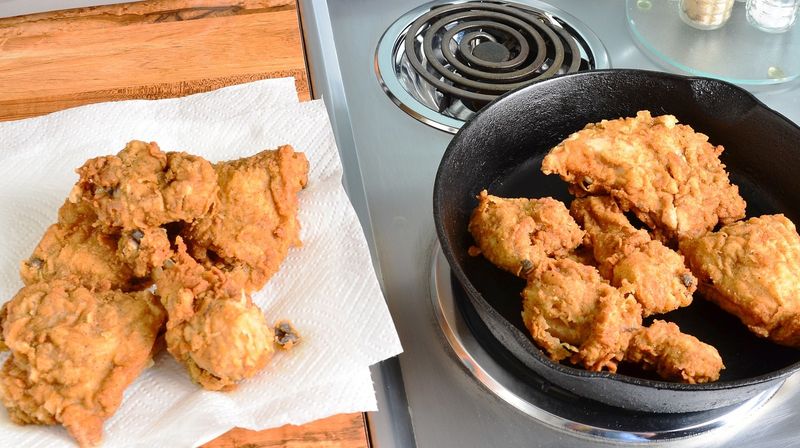
Proper drainage is the final touch in achieving perfect fried chicken. Allowing the chicken to sit on paper towels can make it soggy, as the steam gets trapped. Chefs use wire racks to let the excess oil drip away, preserving the chicken’s crispiness.
This step ensures that each piece remains crunchy and delightful until it’s served. It’s a small detail with a significant effect on texture and taste. Proper drainage is what keeps the chicken irresistible from first bite to last.
Leave a comment